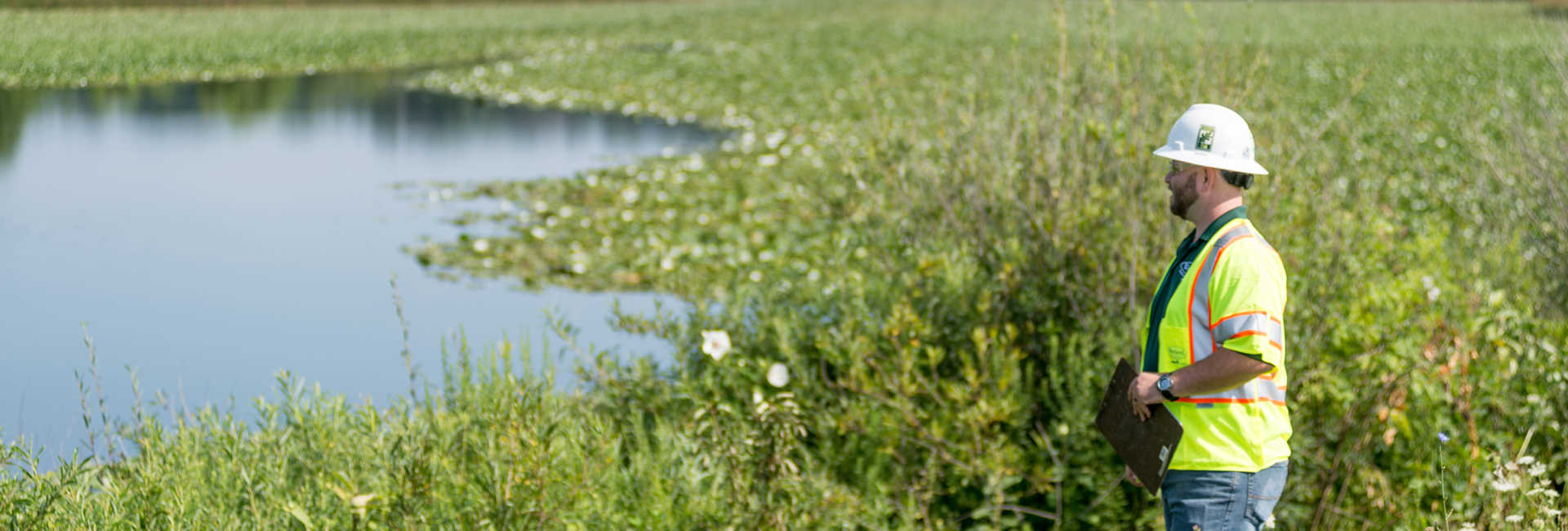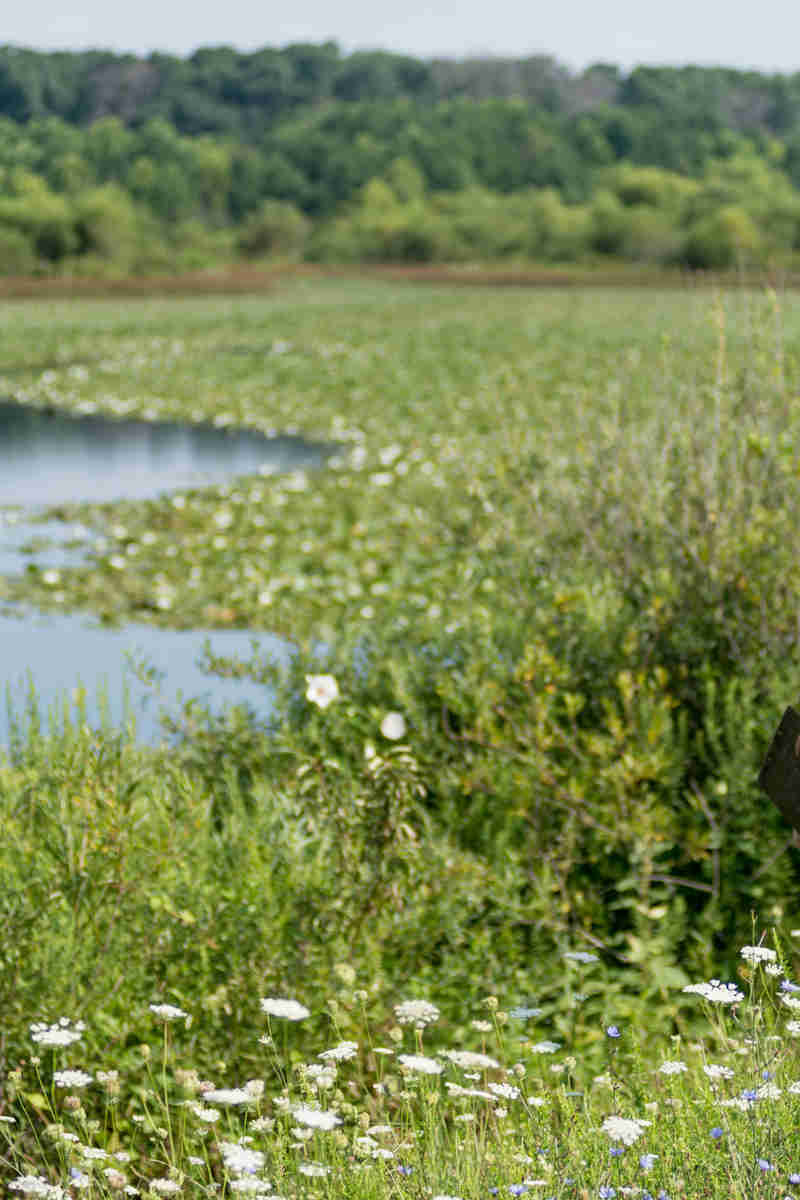Written by Elizabeth Muller, Environmental Scientist
The New Jersey Flood Hazard Area Control Act (FHACA) Rules call for the incorporation of wildlife crossing structures when designing and constructing new bridges and culverts in regulated areas (i.e. water bodies, riparian zones, and/or flood hazard areas), or modifying already existing bridges and culverts. Navigating the specifics of these rules can be confusing.
Read on for a breakdown of the basic concepts. Our team of experts will guide you through the permitting process, and help monitor the crossing structure to measure its success over time.
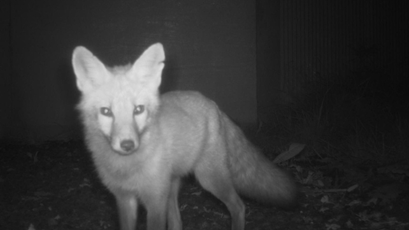
Wildlife crossing structures help mitigate the effects of roadways and vehicles on animal populations. In addition to causing direct mortality, vehicles and roadways can indirectly affect animals as well. During their lifetime, animals move through the landscape to find food, water, shelter, mates, and other resources necessary for survival. Linear manmade structures (such as roadways, fences, and railways) impede movement and threaten the long-term survival of species. These structures result in habitat fragmentation—the process by which natural habitat is divided into smaller, more isolated patches.
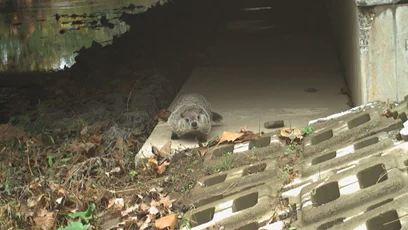
To help mitigate the impacts of roads and fragmentation to wildlife, the NJ FHACA Rules (N.J.A.C. 7:13-12.7) state that where a new structure is built that would cause habitat fragmentation for terrestrial threatened, endangered, or species of special concern, the structure must incorporate a preserved or restored natural bank of sufficient width to allow the species to pass through the structure. Where a natural bank is not feasible to be preserved or restored, an artificial bank or shelf must be created to allow the species to pass through the structure. These artificial banks or shelves can be as simple as adding concrete ledges beneath bridges or within culverts, or can consist of a combination of shelves, tunnels, and tubes which incorporate natural materials and features to encourage animal use and facilitate the crossing of a variety of species.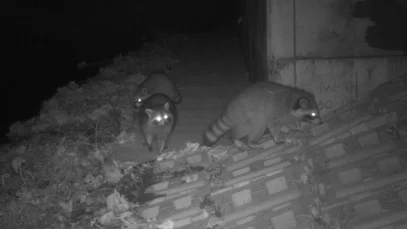
Our wildlife biologists can help you determine if your project will affect terrestrial species of concern, and will work with you to design a wildlife-friendly crossing that will comply with the NJ FHACA Rules. New structures, or the replacement, modification or rehabilitation of existing structures may require State and/or federal permits and approvals.
For Assistance With Design, Permitting, And/Or Monitoring The Success Of A Wildlife Crossing Structure, Please Contact Us.
Ms. Muller has experience conducting radio-telemetry and genetic studies to assess the effects of habitat fragmentation on threatened and endangered species, and monitoring wildlife crossing sites to assess the suitability and success of wildlife crossing passages throughout New Jersey.
In November 2019, Amy S. Greene Environmental Consultants, Inc. joined Davey Resource Group, Inc. (DRG) as a wholly-owned subsidiary and will be doing business as Amy Greene Environmental, a Davey Company. We are thrilled to expand our team of experts with additional resources and opportunities to support you.


